"Animation offers a medium of storytelling and visual entertainment which can bring pleasure and information to people of all ages everywhere in the world."
Walt Disney
Cover GIF by quickhoney via Tenor
As a budding animator or animation studio owner, understanding the difference between graphics and animation is essential to kickstart your career in the animation industry.
This comprehensive guide will help you grasp the key distinctions between these two creative fields, allowing you to make informed decisions as you embark on your journey. So, let's dive into the world of graphics and animation and explore how they differ from one another.
Unraveling the Mystery of The Difference Between Graphics and Animation for Animators
Defining Graphics: The Visual Building Blocks

Image by pixabay
Graphics refer to visual elements or images created through various artistic and digital techniques. They can include illustrations, photographs, icons, and other visual designs. These visual elements are used to convey ideas, represent objects, or create visual appeal in various mediums like print, digital, and social media.
Graphics come in two main forms: raster and vector. Raster graphics are pixel-based and can lose quality when scaled, while vector graphics are mathematically-based and retain their quality at any size.
Defining Animation: Bringing Life to Images
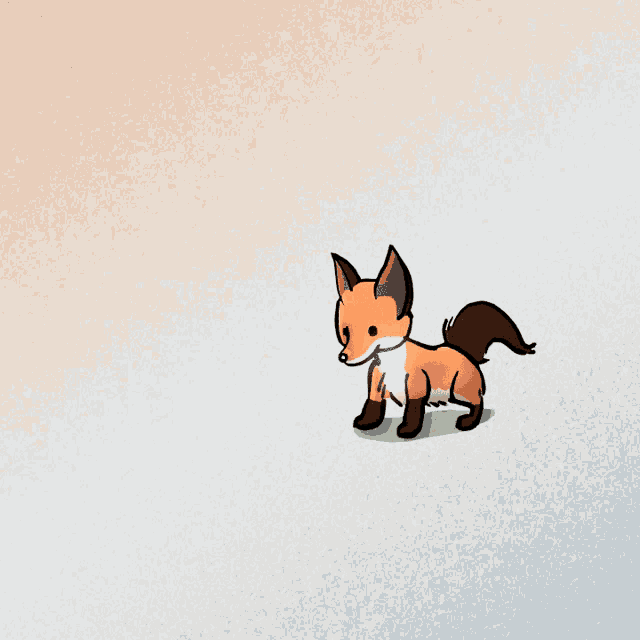
The primary difference between graphics and animation lies in the element of motion. Animation is the process of creating an illusion of movement by displaying a series of images, or frames, in rapid succession.
It involves manipulating graphics to create an illusion of life, making them appear as if they are moving, changing, or interacting with one another. There are several types of animation, including traditional (hand-drawn), computer-generated (CGI), and stop-motion.
Static vs. Dynamic Visuals
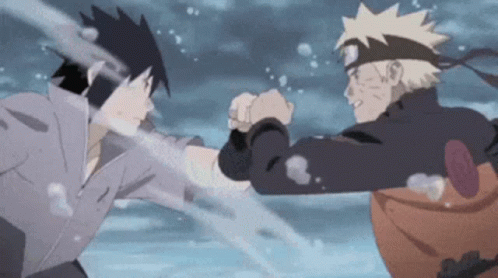
GIF by NickiBabygrill via Tenor
When comparing graphics and animation, it's important to understand the concepts of static and dynamic visuals. Graphics are usually static, meaning they remain unchanged and don't involve any movement.
On the other hand, animations are dynamic, as they incorporate motion and change over time. This is a key difference between graphics and animation that sets them apart in the creative world.
Tools and Techniques: How They're Created
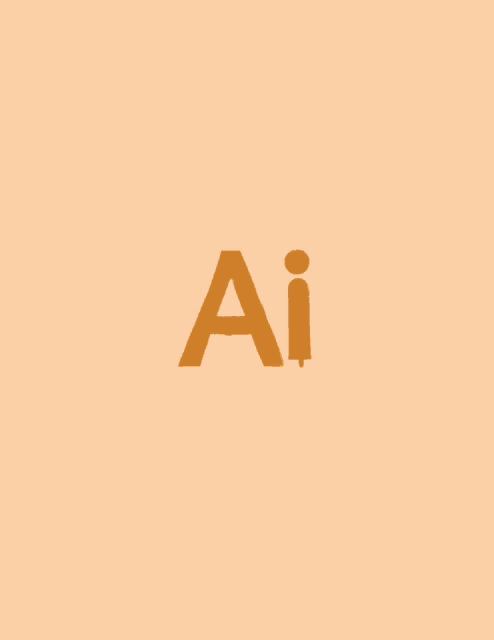
The tools and techniques used to create graphics and animations also differ significantly. Graphic designers often use software like Adobe Illustrator, Photoshop, and InDesign to create their designs. They may also incorporate traditional artistic techniques, such as drawing or painting.
Animators, on the other hand, use animation-specific software like Adobe Animate, Blender, or Maya to craft their moving masterpieces. Some animators might also use traditional animation methods, like hand-drawn or stop-motion techniques.
Skills and Knowledge: The Expertise Required
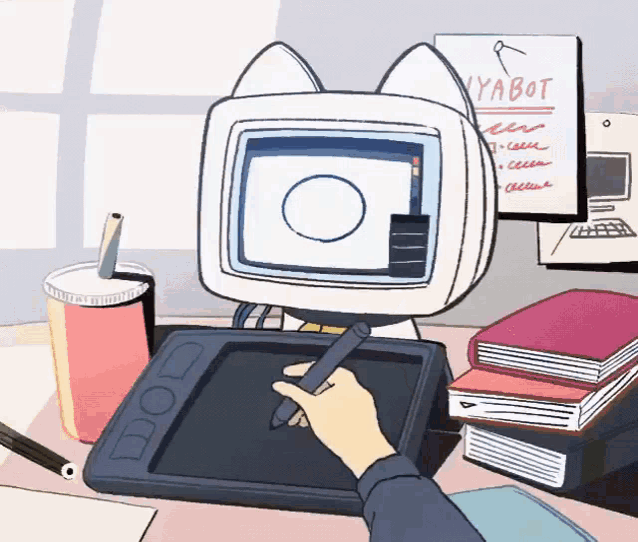
GIF by KomakaGichi via Tenor
Another difference between graphics and animation is the expertise required in each field. Graphic designers must have a strong understanding of design principles, typography, color theory, and layout. They should also be skilled in using design software and have an eye for aesthetics.
Animators, however, need to master the principles of animation, such as timing, anticipation, and squash and stretch, to create convincing and engaging motion. Both fields require creativity, attention to detail, and strong technical skills, but the specific knowledge and skills needed vary between the two.
Applications: Where Graphics and Animation Shine
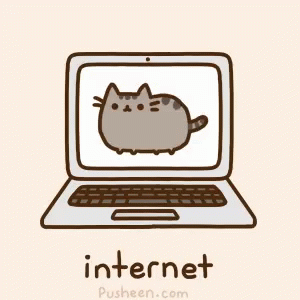
Pusheen Cat GIF via Tenor
Graphics and animation have distinct applications across various industries. Graphics are commonly used in marketing materials, websites, packaging design, and publications. They are also found in educational materials, infographics, and user interface design.
Animation, on the other hand, is frequently employed in movies, television shows, video games, and advertising. Animations can also be used in educational content, presentations, and interactive media, such as websites or mobile apps.
While there is some overlap in their usage, understanding the difference between graphics and animation can help you determine which medium is best suited for your specific project or career path.
The Power of Combining Graphics and Animation
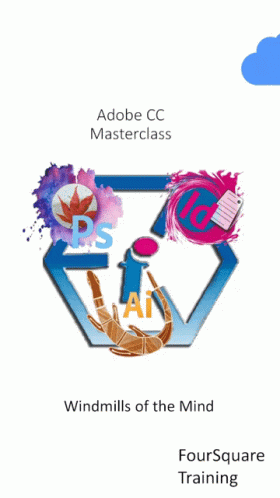
GIF by foursquaretraining via Tenor
Although graphics and animation are distinct fields, combining them can create a powerful visual experience that is both engaging and informative. For example, motion graphics is a popular technique that blends the principles of graphic design with the dynamic movement of animation.
This hybrid approach can be used to create visually appealing advertisements, explainer videos, and social media content that captivates audiences and communicates complex ideas effectively.
Career Opportunities: Diverse Paths for Creative Professionals
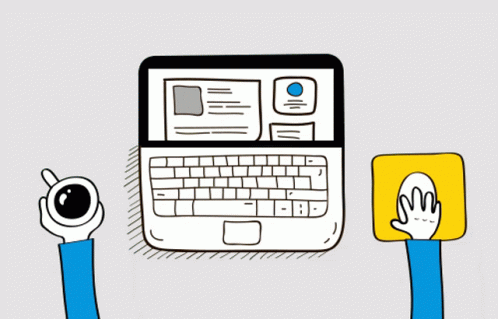
GIF by TheSiteHelpers via Tenor
Understanding the difference between graphics and animation can open doors to a variety of career opportunities for creative professionals. Graphic designers can work in industries such as advertising, marketing, publishing, and web design, while animators can find opportunities in film, television, gaming, and multimedia production.
There are also many freelance opportunities for both graphic designers and animators, allowing them to work independently or as part of a creative team.
The Importance of Networking and Continuous Learning

Studying GIF via Tenor
Regardless of whether you choose to focus on graphics or animation, networking, and continuous learning are crucial for success in the creative industry.
Connecting with fellow professionals, attending industry events, and staying up-to-date with the latest tools and techniques can help you grow your skills, expand your portfolio, and increase your visibility to potential clients or employers.
Embrace the Difference Between Graphics and Animation for a Brighter Future
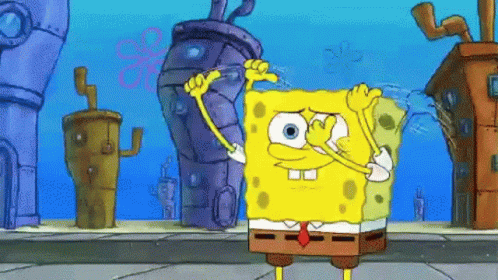
GIF by KylieLaing via Tenor
Now that you've learned the key differences between graphics and animation, you're better equipped to make informed decisions about your career in the animation industry.
Whether you're a freelance animator or an animation studio owner, mastering the distinction between these creative fields will enable you to offer a wider range of services to your clients and set yourself apart in this competitive market.
Ready to take your animation career to the next level? Join our Animation Business Accelerator Program and gain access to on-demand video lessons, live mentorship calls, and a supportive community that will help you transform your passion into a successful business.
Don't forget to check out our blog on "How to Start an Animation Studio" for more valuable insights and guidance. By embracing the differences between graphics and animation and continuously honing your skills, you'll be well-prepared to excel in the ever-evolving world of creative media.



